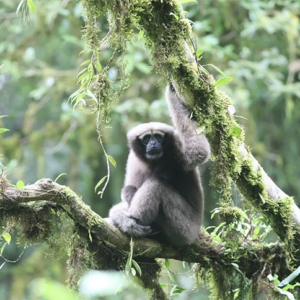
The evolution of the human species has seen various changes, improvements, and adaptations. We have come a long way since the “cave-man” times. But it seems that there is a “micro-evolution” taking place, and it is happening in smaller spans of time. A new study published in the Journal of Anatomy notes that the human race is undergoing a micro-evolution over a shorter period of time than at any other point within the past 250 years.
More babies are being born without wisdom teeth, much shorter faces and smaller jaws leave less room for teeth, according to researchers from Finders University in Adelaide, Australia. Dr. Teghan Lucas, co-leader of the study, said, “This is happening in time as we have learnt to use fire and process foods more. A lot of people are just being born without wisdom teeth.”
For those not familiar with wisdom teeth, they are the third molars in our mouth and consist of four broad and tough teeth at the back. Often, they are surgically removed later in life if they don’t fully come out and remain hidden in the gums. They may also end up crowding nearby molars and possibly damaging them.
University of Adelaide professors Maciej Henneberg and Jaliya Kumaratilake, along with Dr. Lucas found out also that some people are being born with additional bones in their arms and legs, or with unusual connections of two or more bones in their feet. They also found out that there has been a major increase in the prevalence of the median artery since the end of the 19th century.

Babies in the womb need the median artery to supply blood to the forearm and hand. But during the gestation period, it is replaced by the radial and ulnar arteries, which are the main two arteries. However, a study shows that there are an increasing number of cases where a person retains the median artery, thus having all three arteries. “This evolutionary trend will continue in those born 80 years from today, with the median artery becoming common in the human forearm.”
The study showed how fluid and rapid human evolution can be, with changes occurring in shorter time frames. “This is ‘micro-evolution’ in modern humans,” Henneberg explained. “The median artery is a perfect example of how we are still evolving because people born more recently have a higher prevalence of this artery when compared to humans from previous generations.”
Research for the study was carried out by tracking rates of retention of different parts of the body through generations, as well as by dissecting the preserved corpses of people who were born during the 20th century. Henneberg added, “We’ve collected all the data published in anatomical literature and continued to dissect cadavers donated for studies in Adelaide and we found about one third of Australians have the median artery in their forearm and everyone will have it by the end of the century if this process continues.”
The authors of the study suggested that the changes in natural selection could be what is driving the micro-evolution. Dr Lucas stated, “A lot of people thought humans have stopped evolving. But our study shows we are still evolving – faster than at any point in the past 250 years.”
It may be mind-boggling, but evolution will continue. As we continue to have changing environments, so will we have anatomical changes to adapt to such. Only time will tell what new changes and developments will come our way.
What are your thoughts? Please comment below and share this news!
True Activist / Report a typo


